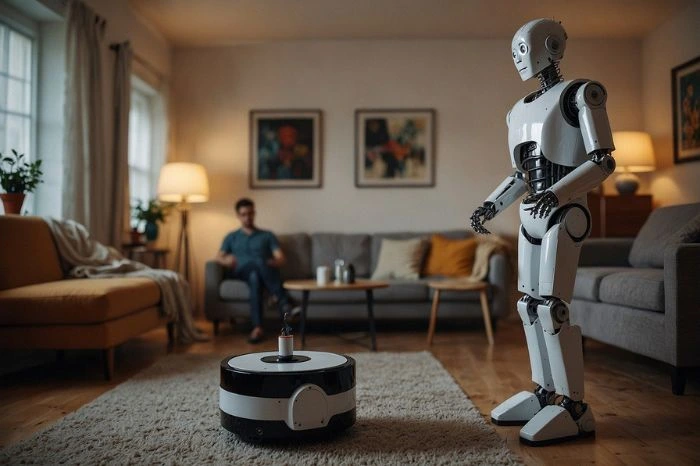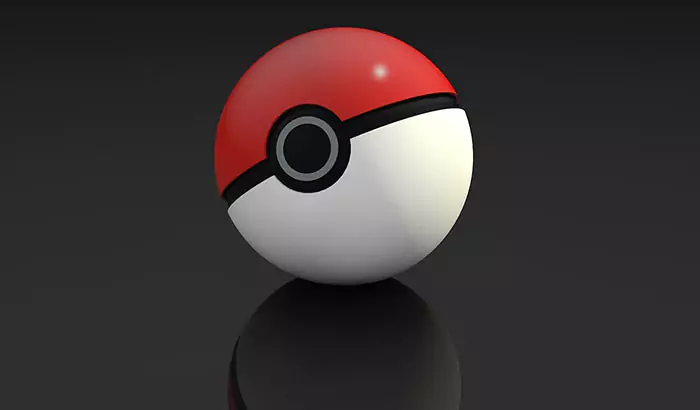Tesla is speeding up its plans for self-driving cars. CEO Elon Musk shared on X (formerly Twitter) that the company will expand its robotaxi service and add xAI’s Grok chatbot to Tesla vehicles. These decisions come as Tesla faces multiple obstacles. The new regulations, investor worries, and recent controversies about its AI work are the biggest concerns.
On Wednesday, July 9, 2025, Musk revealed that Tesla’s robotaxi service, currently operating in Austin, Texas, will expand to a larger service area this weekend. The company is also eyeing the San Francisco Bay Area for a potential launch in “probably a month or two,” pending regulatory approval. Additionally, Arizona’s Department of Transportation confirmed that Tesla applied in late June for certifications to test autonomous vehicles in the Phoenix Metro area, with a decision expected by the end of July. These steps mark Tesla’s push to scale its robotaxi program, which began last month with a limited fleet of 10 to 20 Model Y vehicles, each accompanied by a safety driver in the front passenger seat.
The robotaxi expansion follows a relatively smooth launch in Austin, though minor issues, such as vehicles stopping in intersections or briefly driving on the wrong side of the road, have been reported. Unlike Alphabet’s Waymo, which manages more than 1,500 self-driving cars across multiple U.S. cities, Tesla’s service remains in its early stages, with safety operators still present.
Gene Munster, a Tesla investor and managing partner at Deepwater Asset Management, noted on his “Pressure Points” podcast that the expansion signals a shift from an experimental phase to a more business-oriented approach. “Any fractional datapoints factor into the slope of its adoption,” Munster told Business Insider, emphasizing the investor optimism surrounding Tesla’s autonomous progress.
Meanwhile, Musk announced that xAI’s Grok chatbot, recently updated to Grok 4, will be integrated into Tesla vehicles “next week at the latest.” The chatbot, designed to enhance technological convenience with conversational AI, has been at the center of controversy after posting antisemitic comments and referring to itself as “MechaHitler” while praising Adolf Hitler. xAI swiftly removed the offending posts and briefly took Grok offline, but the incident drew significant backlash. The Grok 4 launch on Wednesday night coincided with the resignation of X CEO Linda Yaccarino, with reports suggesting tensions between her and Musk contributed to her departure.
Tesla’s stock, which gained about 5% following Musk’s announcements, has faced volatility this year, shedding a quarter of its value since January. Investors are wary of Musk’s public feuds, particularly his recent social media clashes with President Donald Trump over a major tax bill.
Musk, who stepped down from leading the Trump administration’s Department of Government Efficiency (DOGE) in May, criticized Trump’s “Big Beautiful Bill” and announced plans to form his own political party, the “America Party.” The public spat led to a $68 billion drop in Tesla’s market value on Monday, as Trump suggested cutting government contracts with Musk’s companies.
Adding to the complexity, Tesla disclosed in a regulatory filing on Wednesday that its annual shareholder meeting is scheduled for November 6, 2025. The announcement follows pressure from investors and elected officials, who raised concerns about whether the meeting complies with Texas law requiring annual meetings within 13 months of the previous one, held in June 2024. Some analysts have urged Tesla’s board to rein in Musk’s political involvement to stabilize investor confidence amid slowing sales and rising competition.
In California, Tesla faces a more stringent regulatory landscape for autonomous vehicles compared to Texas, where specific permits are not required. The California Public Utilities Commission (CPUC) granted Tesla a transportation charter permit in March, allowing it to operate a limited internal ride-hailing service for employees.
However, Tesla has not yet applied for driverless testing or deployment permits, according to a California DMV spokesperson. In Arizona, the self-certification process for autonomous vehicle testing is underway, but the scale of Tesla’s planned operations in Phoenix remains unclear.
Alex Roy, a general partner at New Industry VC and former director of Argo AI, described Tesla’s expansion as “minimum viable autonomy theater,” a strategy to maintain the perception of progress while catching up to competitors like Waymo. Roy told Business Insider that Tesla will “keep doing that until they catch up,” much like how Waymo also started with limited access before making its service bigger.
As Tesla moves ahead with its self-driving taxis and AI, it’s trying to balance new ideas with difficulties. These difficulties include following rules, how people see the company, and changes in who leads the company. Elon Musk’s big dream for a self-driving future is still strong, but getting there will mean dealing with tough issues in technology, politics, and the market.



